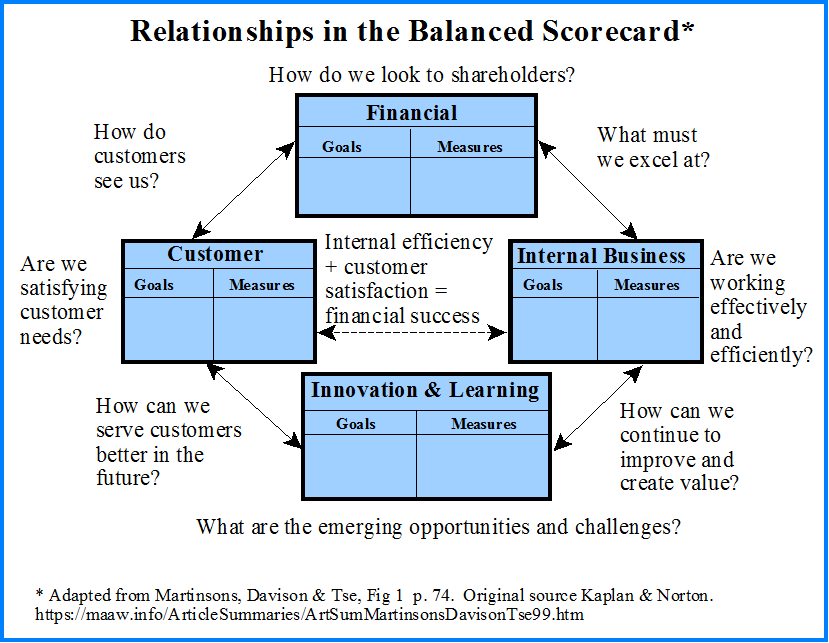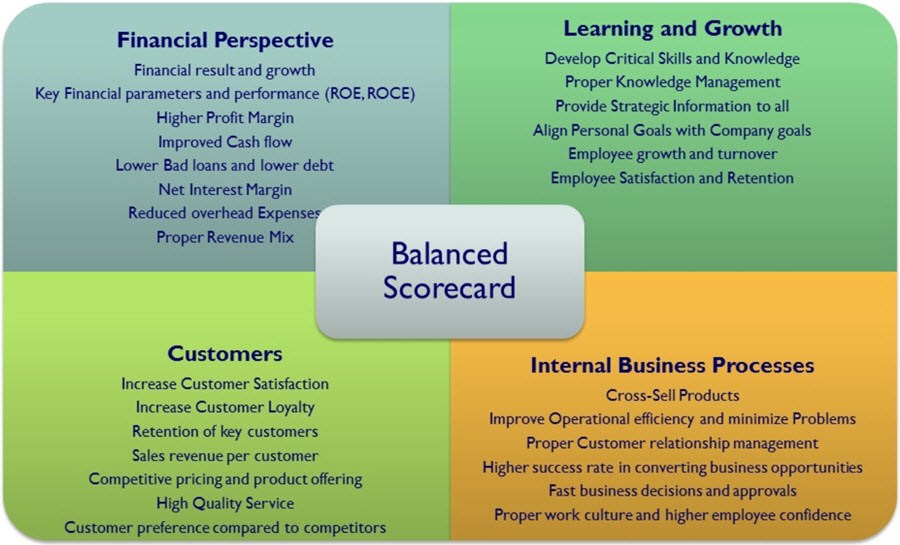Today's MCQ mocktest. basic.. please solve, submit your answers
_Internal Audit Charter_
1. What is the primary purpose of an internal audit charter?
A) To establish the internal audit function's responsibilities and authority
B) To define the scope of internal audit activities
C) To identify the internal audit function's stakeholders
D) To outline the internal audit function's reporting requirements
Answer:
1. Which of the following should be included in an internal audit charter?
A) Audit procedures and techniques
B) Audit scope and objectives
C) Auditor's qualifications and experience
D) Management's responsibilities and expectations
Answer:
_Independence and Objectivity of Internal Auditor_
1. What is the primary requirement for internal auditors to maintain their independence?
A) Reporting directly to the board of directors
B) Having no operational responsibilities
C) Being free from management's influence
D) Having unlimited audit budget
Answer:
1. Which of the following can compromise an internal auditor's objectivity?
A) Having a close relationship with management
B) Having a financial interest in the company
C) Having a family member working in the company
D) All of the above
Answer:
_Definition of Internal Auditing as per IIA_
1. According to the IIA, what is internal auditing?
A) An independent, objective assurance and consulting activity designed to add value and improve an organization's operations
B) A management function responsible for ensuring compliance with laws and regulations
C) A financial function responsible for preparing financial statements
D) A operational function responsible for managing day-to-day activities
Answer:
1. Which of the following is NOT a key characteristic of internal auditing as per the IIA?
A) Independence
B) Objectivity
C) Assurance
D) Management
Answer:
www.gmsisuccess.in


